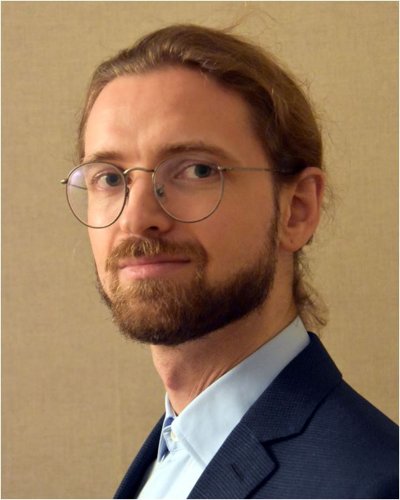Grow thick, etch deep: Novel waveguide geometries and material systems for integrated photonics
Due to the COVID-19 crisis the PhD defence of Simen Martinussen will take place online (until further notice).
The PhD defence can be followed by a live stream.
Simen Martinussen is a PhD student in the research group Optical Sciences (OS). His supervisor is prof.dr. S.M. Garcia-Blanco from the Faculty of Applied Physics (TNW).
 Integrated photonics has become an important element of modern technology. By sending light through glass channels called waveguides, we have shrunk lasers and other optical equipment to microchips. In the past decade, nonlinear integrated photonics has gained considerable interest as a way to generate new frequencies of light. For example, nonlinear techniques can be used for compact white light lasers, advanced spectrometers and atomic clocks. However, the waveguide has to be designed differently for these novel applications, typically thicker than one ideal for telecommunications or biosensing.
Integrated photonics has become an important element of modern technology. By sending light through glass channels called waveguides, we have shrunk lasers and other optical equipment to microchips. In the past decade, nonlinear integrated photonics has gained considerable interest as a way to generate new frequencies of light. For example, nonlinear techniques can be used for compact white light lasers, advanced spectrometers and atomic clocks. However, the waveguide has to be designed differently for these novel applications, typically thicker than one ideal for telecommunications or biosensing.
This poses two main problems: The glass layers have to be grown thick and etched deep. Thick layers are especially problematic in the well-established material silicon nitride, which tends to crack above 300 nm. Deep etching carries the risk of rough sidewalls. This increases the optical losses, which must be kept to an absolute minimum in nonlinear optics.
In my thesis I present fabrication techniques applicable for integrated nonlinear photonics in KY(WO4)2, Al2O3 and Si3N4. Chapters 2-3 are dedicated to etching KY(WO4)2, which is a crystalline material being researched at UT. An optimized etching process is used to create waveguides more than 3 µm thick. A chemical processing step inspired by reversing the crystal growth is shown to remove a processing residue called redeposition, which is seen on the thesis cover. The result is extremely smooth waveguides that can be etched very deep.
In Chapter 4, The chemical process is also used on a specially prepared KY(WO4)2 crystal. By exposing the crystal to high energy ion irradiation, the crystal structure is damaged under the surface. The surface itself, however, remains intact. The damaged layer dissolves readily, and by etching holes in the surface it’s possible to create sub-surface cavities. This is used to create “pedestal disks”, which consist of a KY(WO4)2 disk only supported by a central pillar.
In Chapter 5, I present resonators in Al2O3 specially designed for nonlinear photonics. The resonators show high Q-factors and anomalous dispersion, and are an important step towards nonlinear photonics in Al2O3.
Finally, in Chapter 6, I demonstrate a method to grow silicon nitride layers over 1.3 µm thick. This is several times thicker than is possible by conventional techniques, without compromising the material quality. Dispersion engineered waveguides are designed and fabricated, and initial measurements are demonstrated.





